Last month, over 330 youth delegates to the Mock COP26 from over 140 countries signed a treaty of demands aimed at world leaders to address the greatest intergenerational equity issue of our time: the climate crisis. Key among their demands is for world leaders to increase action on climate education, climate justice, and climate resilient livelihoods.
It’s critical that world leaders heed the call of these young delegates. Research suggests that climate education for just 16 percent of secondary students in middle- and high-income countries today can lower their collective carbon footprints by nearly 19 gigatons over the next 30 years. This projected impact of climate education is better than three-quarters of the top climate solutions modeled by Project Drawdown, including conservation, agriculture, and electric cars.
Based on these projections, if global leaders ensure that all children receive quality education for climate action, we could be well on our way to holding below 1.5 degrees Celsius global temperature rise.
To make this vision a reality, however, world leaders must recognize that not all children make it to school. Targeted efforts must be made to reach the most marginalized youth, especially out-of-school, marginalized, and displaced girls who most acutely experience the impacts of climate change. Pre-COVID-19, more than 130 million school-aged girls worldwide were not in school. When schools eventually reopen, the Malala Fund estimates that this number could increase by at least 20 million more secondary school-aged girls due to quarantine-related early and unwanted pregnancies, early and forced child marriages, and/or early transitions to the workforce. Without special attention to girls’ education, vulnerable girls are likely to be forgotten by climate policy, undercutting our capacity to tackle the climate crisis equitably.
Without special attention to girls’ education, vulnerable girls are likely to be forgotten by climate policy, undercutting our capacity to tackle the climate crisis equitably.
Sadly, girls’ education is absent from the first round of Nationally Determined Contributions (NDCs). Not one country’s NDC acknowledges the contributions that an investment in girls’ education could make to the country’s ability to achieve its climate targets. Education more broadly is scarcely more visible: Only 26 percent of NDCs reference education.
The demand for climate education put forward by the Mock COP26 youth delegates couldn’t be better timed. Just weeks earlier, two former U.S. secretaries of education called on U.S. President-Elect Biden to make climate education a top priority. And in just a few days, global leaders will declare their enhanced commitments to the Paris Agreement at the Climate Ambition Summit 2020. Demanding world leaders attend to quality education for climate action—and special attention to girls’ education—is critical at this moment as countries work to update their NDCs amid an unprecedented pandemic and its related economic crisis. U.K. COP26 President Alok Sharma has called for countries to put forward “transformational commitments” to climate action not only in their updated NDCs—which only three countries have submitted—but also in their COVID-19 recovery strategies.
Education has an important role to play in efforts to build back better for the planet. A forthcoming Brookings report and accompanying Malala Fund policy brief describe three approaches to quality education for climate action that is wholeheartedly and unapologetically feminist. If adopted, this “new green learning agenda” would equip learners with the breadth of capacities necessary to realize a just transition to a green economy, empower them to practice more pro-environmental behaviors, and inspire them to transform social systems into more equitable and inclusive ones. Quality education for climate action is critical for achieving climate justice and for ensuring everyone, from the poorest girl to the richest boy, is empowered to lead climate-resilient livelihoods.
Recognizing that youth activists are at the forefront of the movement for a 1.5 degree world, global leaders must respond to their demand for climate education and mobilize a new green learning agenda that at its core also addresses vulnerable girls excluded by and/or underserved by their education systems. Specifically, governments must take the following measures ahead of COP26:
- Through NDCs and other national climate policies, formally recognize the contribution that investments in girls’ education will make to different aspects of climate strategies. This includes, but is not limited to, empowering girls’ and women’s climate leadership—which studies have shown benefit the planet—and enhancing girls’ green skills and their opportunities to participate in green-sector, climate-resilient industries that are critical for a just transition to a green economy. Importantly, such recognition of girls’ contributions positions girls and women as agents of change and as equal stakeholders rather than as passive beneficiaries of climate solutions. NDCs should also aim to prevent climate change from undermining girls’ right to quality education and to mitigate the conditions that place girls at heightened vulnerability to climate shocks.
- Include a new green learning agenda in NDCs and in national education strategies. Embracing this approach will ultimately complement efforts in girls’ education by ensuring all learners develop the green skills and sustainability competencies to engage in empowered climate action. To facilitate this, leaders should identify key cross-sectoral actors to localize, coordinate, and implement this agenda, including education, climate, gender, and other relevant sectors at the national and subnational levels. Importantly, girls should be involved meaningfully in these processes to ensure strategies reflect their needs and rights and contribute toward the realization of quality, gender transformative education for climate action.
- Make new policy commitments and financial investments toward girls’ education, as well as realize existing ones. Low- and middle-income countries should commit 20 percent of domestic budgets or 6 percent of gross national income toward education; reforming curricula and training teachers so girls gain the skills needed to bring about a green, gender-just transition; and collecting gender-disaggregated data on how climate shocks affect learning.
- Adopt a green feminist foreign policy that aligns climate financing with gender equality financing. Donor countries should target 85 percent of their bilateral aid to gender equality and climate change as significant objectives, and 20 percent of their aid to these as principal objectives. Such policy and financing mechanisms would facilitate overseas investments in girls’ education and reform of education to address climate imperatives.
With the U.K. presiding over COP26 and the U.S. set to rejoin the Paris Agreement and countries on “the sprint to Glasgow,” the time is ripe to promote quality education for climate action. Political leaders must listen to the youth leading the fight for climate justice, guarantee education for all girls and boys, and commit to a green learning agenda for a fairer future.
Lucia Fry is the director of research and policy at the Malala Fund, which provides financial support for the Center for Universal Education. Brookings is committed to quality, independence, and impact in all of its work. Activities supported by its donors reflect this commitment and the analysis and recommendations are solely determined by the authors.
The Brookings Institution is committed to quality, independence, and impact.
We are supported by a diverse array of funders. In line with our values and policies, each Brookings publication represents the sole views of its author(s).

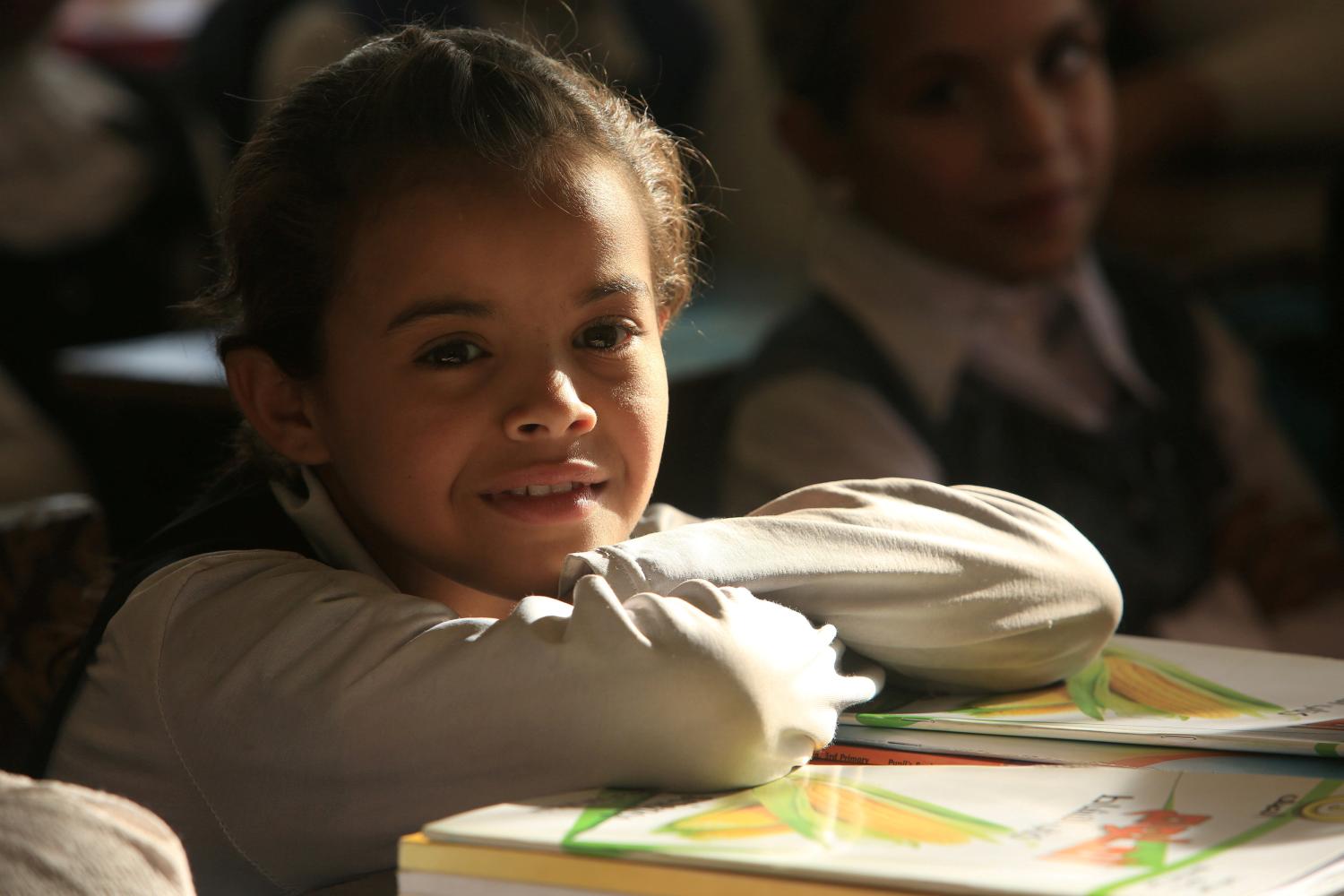
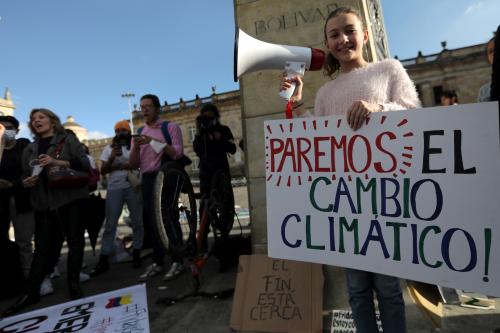
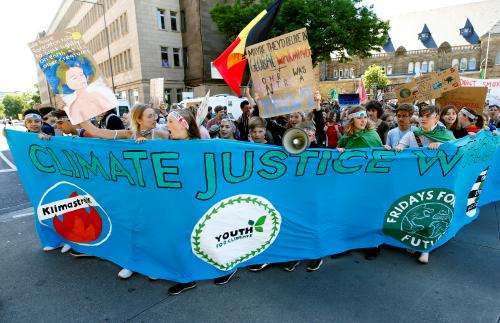
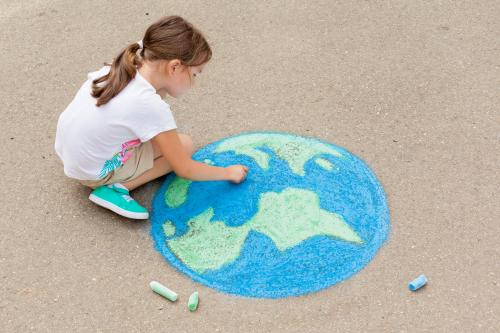



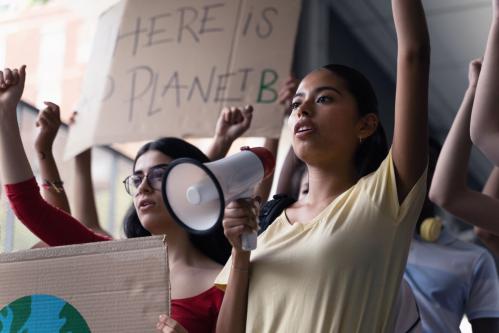

Commentary
To raise ambition at the Climate Summit, let’s promote quality education—especially for girls
December 10, 2020